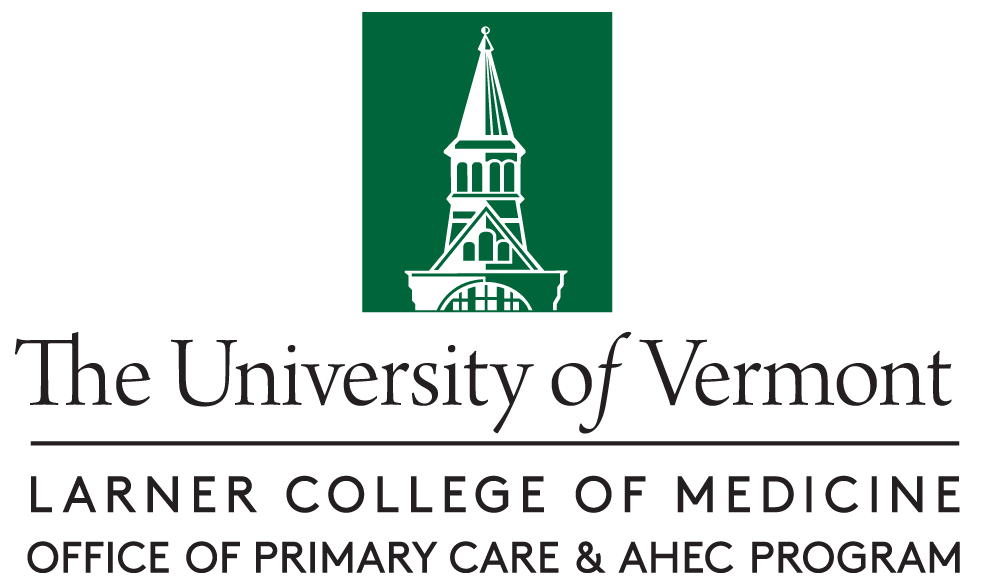
UVM AHEC
Document Type
Poster
Publication Date
2024
Focus Area
Medical Practice Transformation
Abstract
In 2022, the University of Vermont Health Network introduced Epic Secure Chat, an instant messaging system within the EMR system, as a primary method for non-urgent communication between clinicians. Previous research on Secure Chat found the messaging system to show improved satisfaction when added to the direct paging system.1 Secure Chat also led to a decrease in nonurgent call volume and increased workflow efficiency.2 This study evaluates the impressions of medical personnel at the University of Vermont Medical Center (UVMMC) regarding Secure Chat and the perceived impact on patient care. Using a survey-based method, Family Medicine and Internal Medicine department clinicians and staff on three floors at UVMMC were contacted. The survey consisted of 19 questions that investigated user experience and patient care. This included two sets of Likert scale questions, one set evaluating user experience, while the other applied to patient care benefit. In addition, open-ended statements allowed respondents to explore any changes they would want in the system, or any additional comments they had. Data from 63 respondents contained survey responses from attending physicians, resident physicians, nurses and LNAs. Data was analyzed to find average response data from each role for comparison, as well as overall sentiment. Overall response rate was 16.32% (62/380). Staff (nurses and medical assistants) are the most likely to recommend and residents are the least likely to recommend. Attending Physicians and Residents were also more likely to report Secure Chat messages as an interruption and that these interruptions were harmful to patient care. Nurses did not report harmful interruptions. Open responses had themes related to being added to unnecessary chats and lack of non-virtual communications as opportunities for improvement. Limitations of the study include a small sample size. Further studies should should investigate which role is likely to be the target of the initial message, investigate different health care settings such as outpatient, and delve into rationale behind attitudes regarding interruption.
1 Chandra S, Oberg M, Hilburn G, Wu DT, Adhyaru BB. Improving Communication in a Large Urban Academic Safety Net Hospital System: Implementation of Secure Messaging. J Med Syst. 2023;47(1):56. Published 2023 May 2. doi:10.1007/s10916-023-01956-x
2 Luu T, Spiegelman L, Nykin D, et al. Implementation of an Electronic Health Record-Based Messaging System in the Emergency Department: Effects on Physician Workflow and Resident Burnout. J Patient Saf. 2022;18(2):e542-e546. doi:10.1097/PTS.0000000000000869
Creative Commons License

This work is licensed under a Creative Commons Attribution 4.0 International License.
Recommended Citation
Narain, Jai; McEntee, Rachel MD; and Li, Yao MD, "The Impact of Epic Secure Chat on Clinicians and Patient Care" (2024). UVM AHEC. 18.
https://scholarworks.uvm.edu/uvmahec/18


Comments
Poster presented by Jai Narain at The North American Primary Care Research Group (NAPCRG) annual meeting on Nov 20, 2024 in Quebec City, Canada.